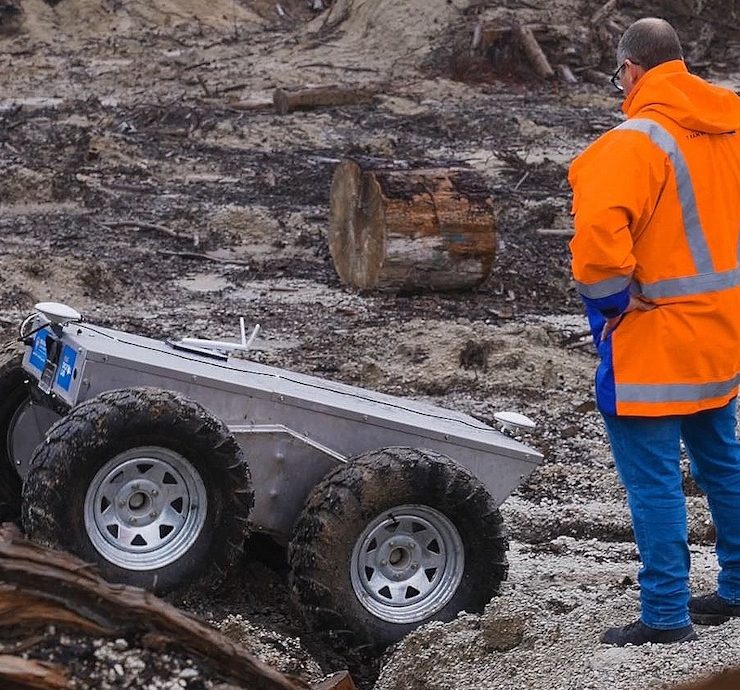The Issue:
Primary industries worldwide are facing significant skills shortages.
The Royal Bank of Canada estimates Canada will need 30,000 permanent immigrants over the next decade to combat a looming agricultural skills crisis. In 2019 Japan implemented a new visa scheme to bring in 36,500 workers for general crop farming and general livestock farming over five years.
An Australian report in 2021 showed 38% of all skilled animal and horticulture worker occupations and 67% of all horticultural trade workers occupations were in shortage.
New Zealand is no different. In April 2023 it was reported that dairy needed another 4000 workers, and the meat industry needed an extra 2000 workers. And in the 2021 forestry & wood processing labour force survey 78% of respondents said they were very likely or likely to have labour shortages beyond 2022.
So how can we develop technology that increases primary sector productivity worldwide and lessens the need for scarce labour?

What we're doing
App counts set fruit
Orchardists need to count early fruit to decide how much needs to be thinned to ensure maximum quality. But that task, while skilled, is time-consuming and tedious.
Working with New Zealand Apples and Pears, and funded by the Ministry for Primary Industries, Lincoln Agritech has developed an app that changes the skill set.
Robot to clear forest paths
An interdisciplinary project to develop workforce robots for primary industries got turned on its head when scientists asked the forestry industry what they wanted the robot to do.
Lincoln Agritech has been part of the team developing the control system for a robot that will maintain forest tracks by shredding the understorey.



